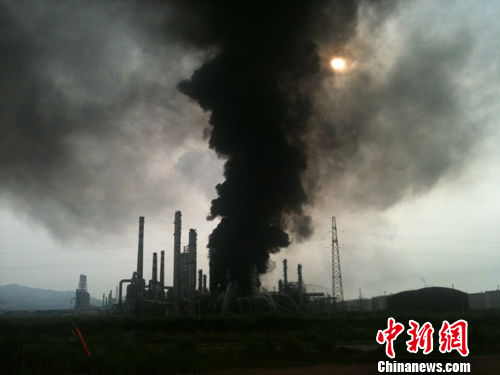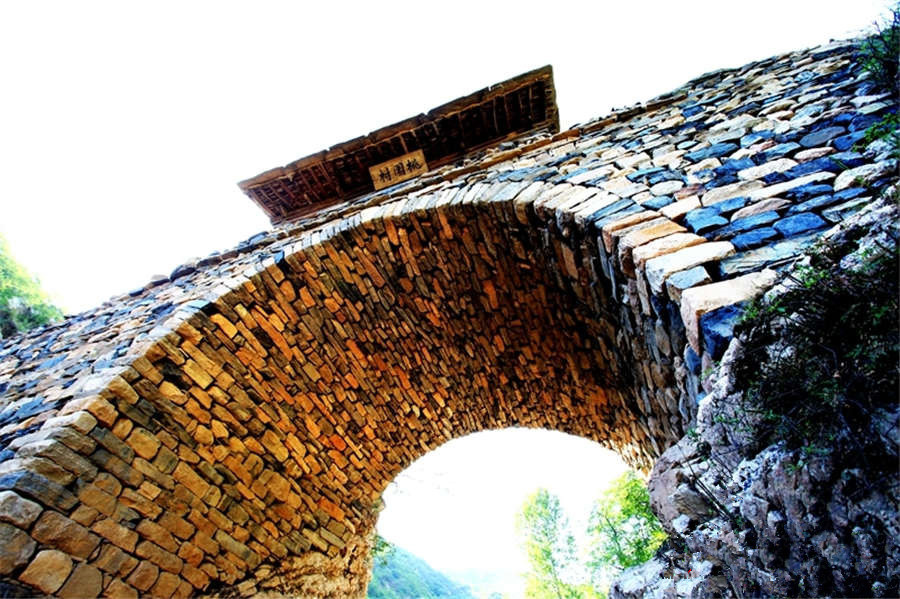'Great Leap Forward' causes problems
The CNOOC and the COPC have also been accused of covering up the causes of the Penlai 19-3 leaks.
Both companies have disclosed the details of the June 4 and 17 leaks, but not the causes, which are highly likely to be operational errors, industry experts said.
An anonymous source from the SOA's North Sea branch told China News Weekly that the preliminary investigation indicated that both leaks were caused by improper pressurization during oil recovery.
It was also speculated that the first leak broke out before 7 p.m. on June 4, but the SOA's North Sea branch did not receive a report via telephone from the COPC until 7, said the source.
COPC divers found that the leakage came from a hole under the bottom of the sea, in which the natural fault zone connected with the oil pool.
Investigators speculated that the bottom of the oil pool was damaged by huge pressure inflicted by the operation.
"Leakage from an oil pool into a natural fault zone caused by oil recovery is rare," Chen Jianmin told China News Weekly. "It usually only happens under extreme conditions, but the possibility of operational errors should not be ruled out by investigators."
The excessive pressure indicates increased water infusion to the bottom layer, and the companies in charge did this to increase production, according to an offshore oil engineering expert, who preferred to remain anonymous, in an interview with China News Weekly.
The CNOOC had proudly announced in January that its oil and gas production in 2010 reached 50 million tons – equal to the peak annual production capacity of Daqing, the largest oil base in China – including 9 billion cubic meters of natural gas.
"Daqing in the deep sea," an ambitious objective set by the country's largest offshore oil company, may need revision now, industry experts said.
"The possibility of accidents will increase as long as the CNOOC keeps building more oilfields without taking precautions and enhancing safety inspections," said Lin Boqiang, director of the China Energy Economy Research Center at Xiamen University.
Environmental repercussions
Incensed by the spill's harm to the environment and the slow release of information concerning the incident, the public and environmental organizations have been quick to express criticism.
Eleven environmental organizations have expressed a desire to file a joint lawsuit against the company and its partner, the China National Offshore Oil Corp, calling them responsible for the leak in Bohai Bay.
However, a lack of information about the incidents impedes them from taking that step.
"We can only get information from the media, which cannot be used as evidence in court," said Wang Haijun, the lawyer representing the environmental groups, on Wednesday.
According to Chinese law on Oceanic Environmental Protection, there is a maximum fine of 200,000 yuan (US$30,960) for oil pollution incidents at sea, said Wang Canfa, a professor at China University of Political Science and Law in Beijing.
Civil organizations are unlikely to win a case like this, but it is possible for government ministries to file lawsuits on behalf of the nation, Wang added.
"Maritime authorities such as the SOA can file a lawsuit after evaluation," he said. "They (the maritime authorities) should inflict severe punishment on the responsible parties in an accident like this."


















